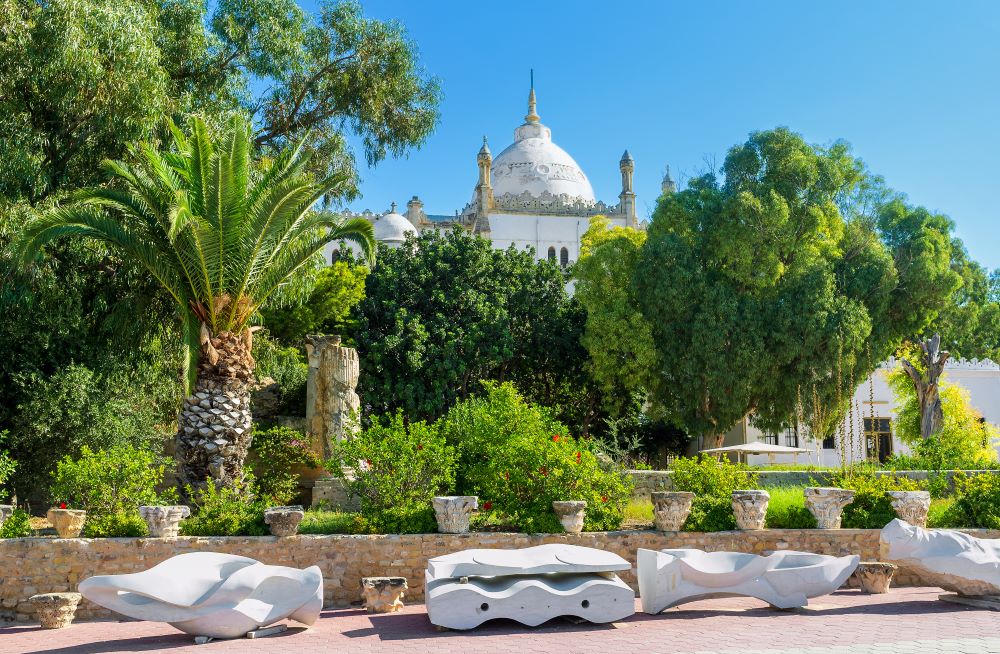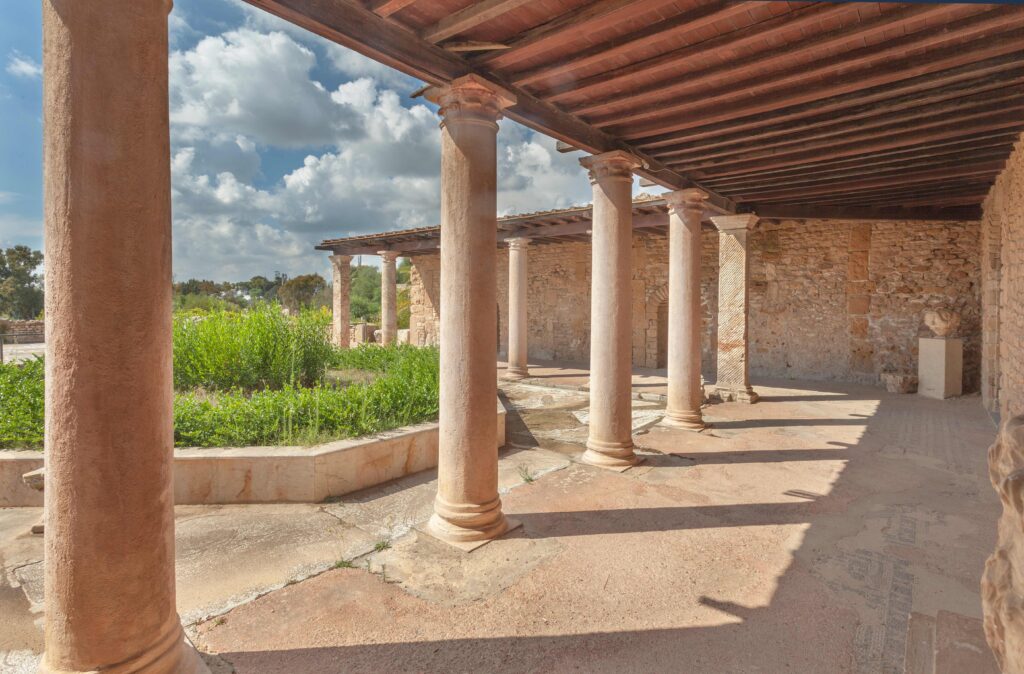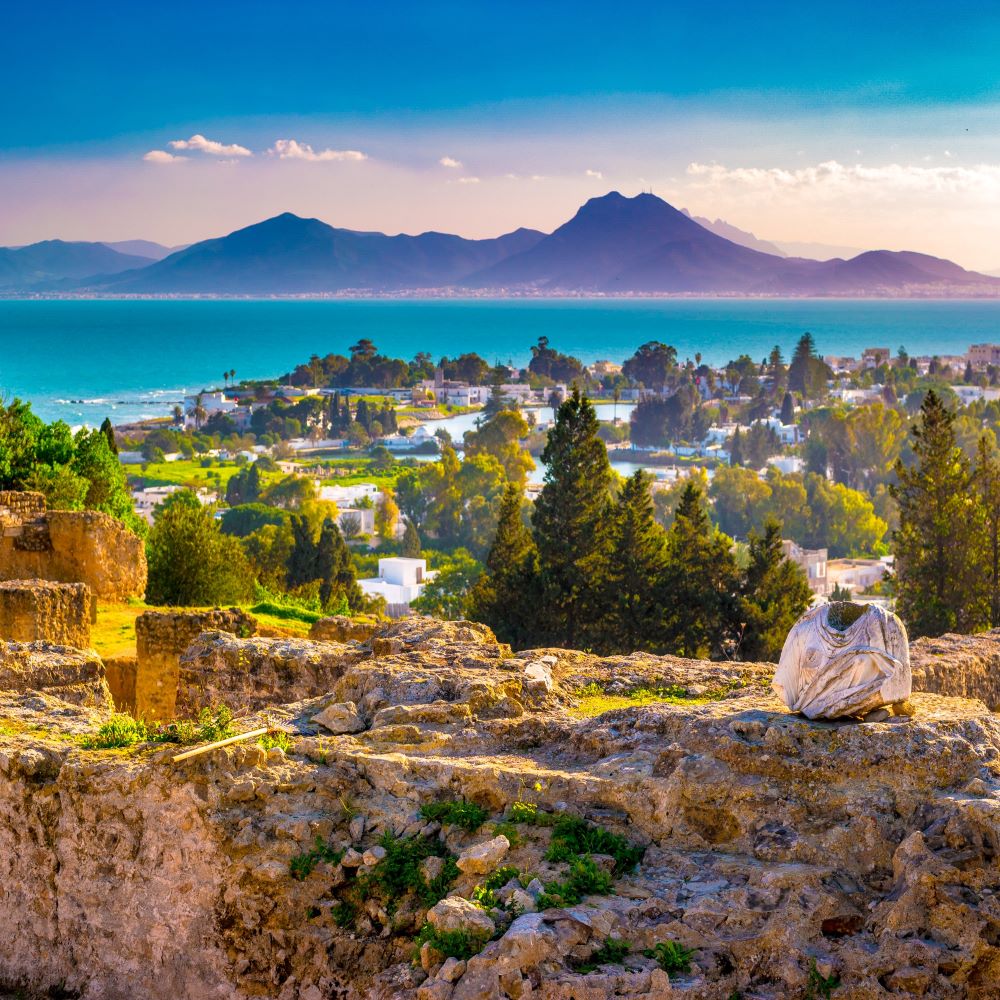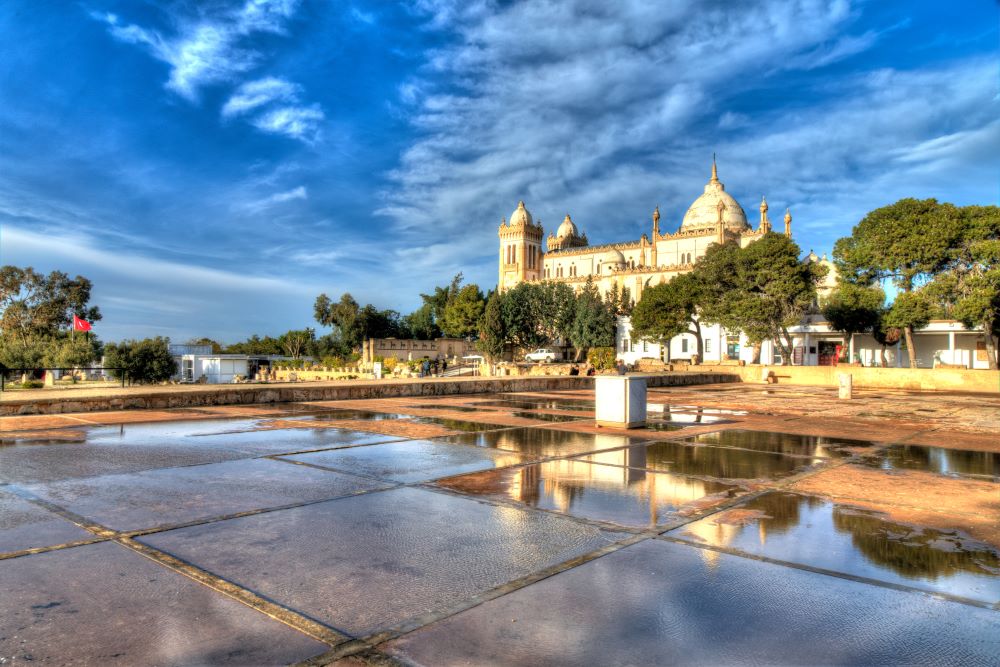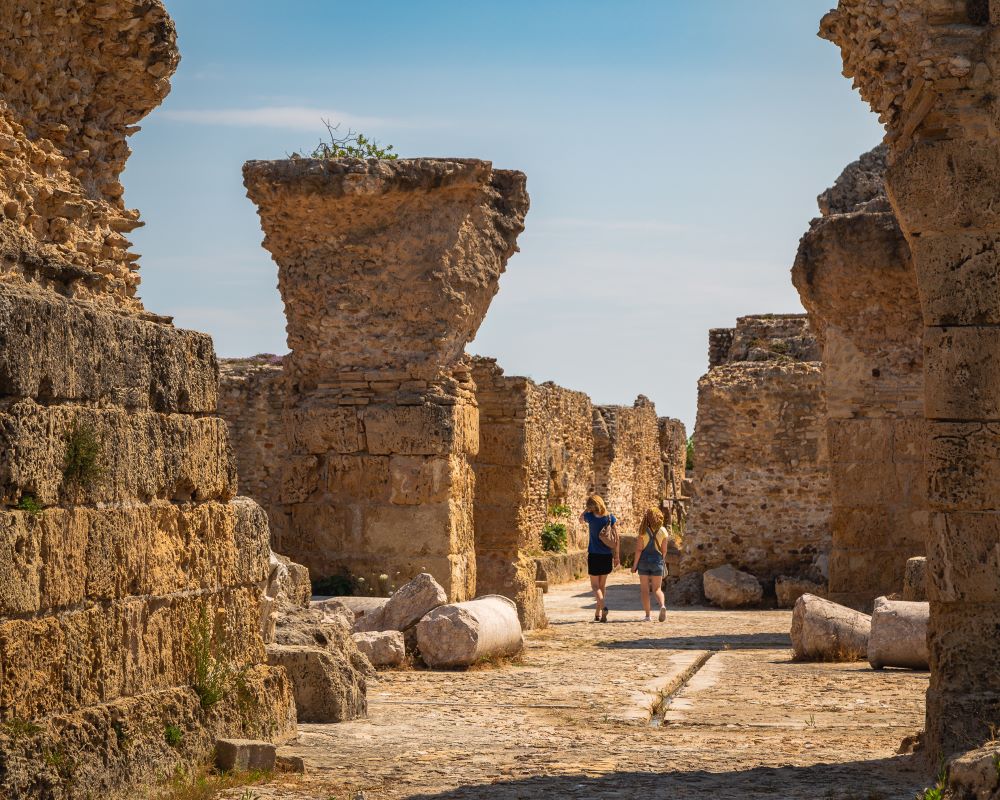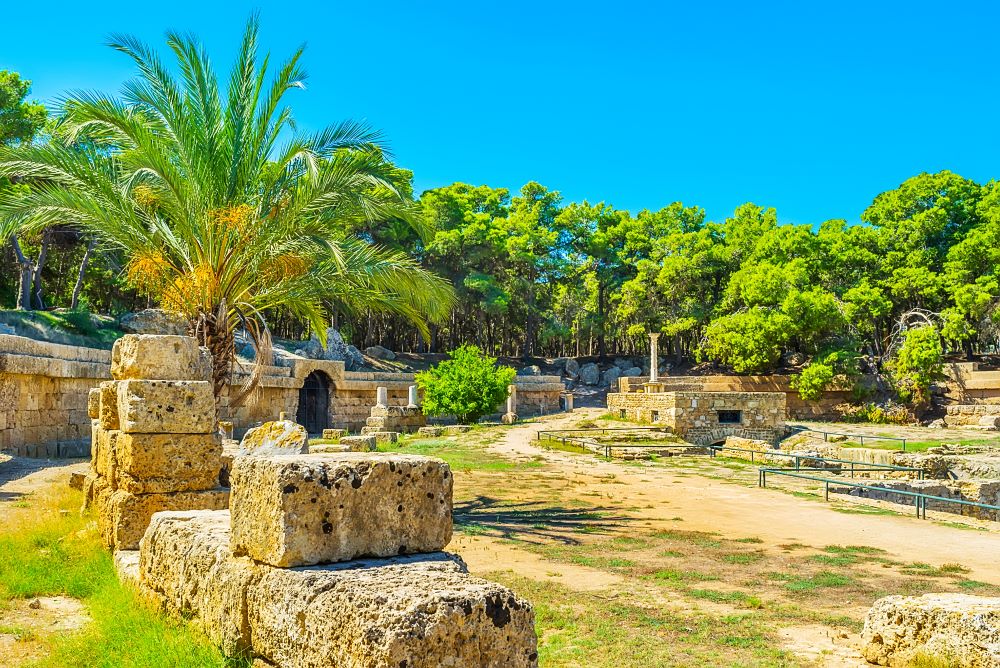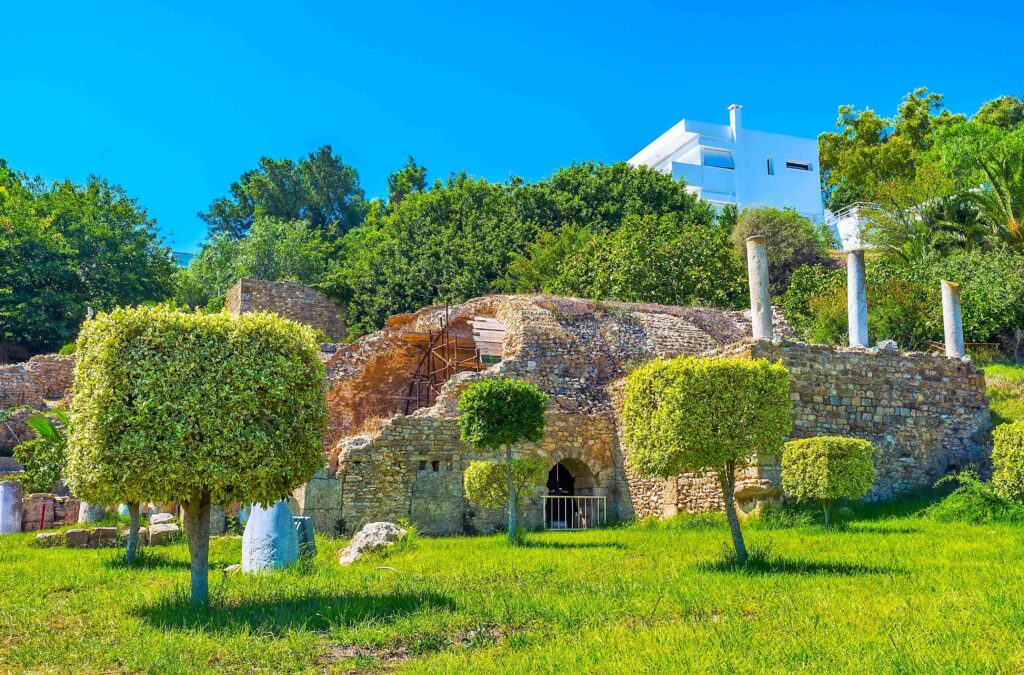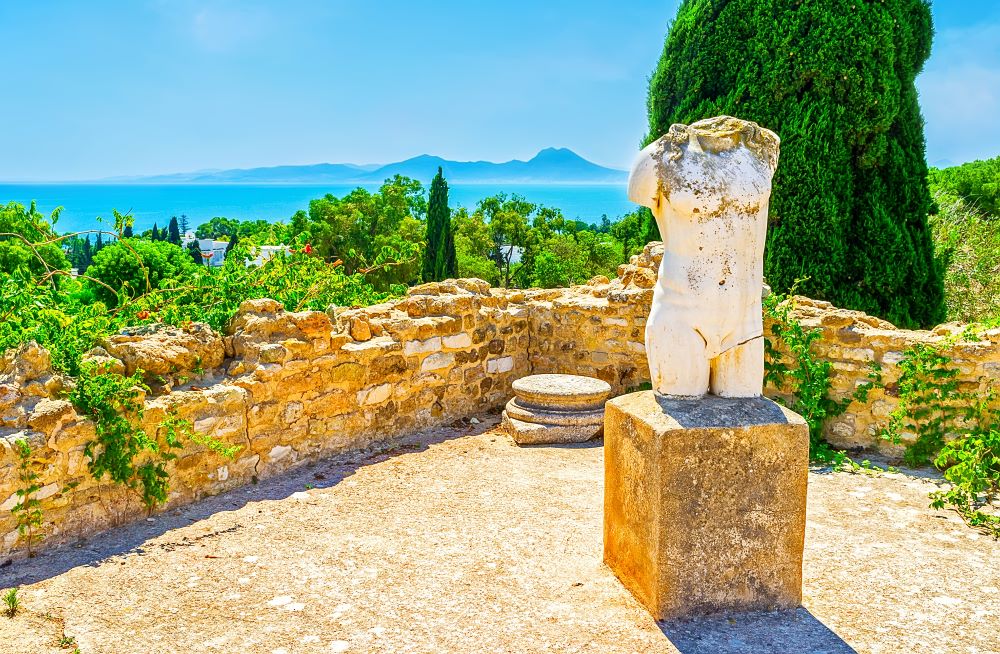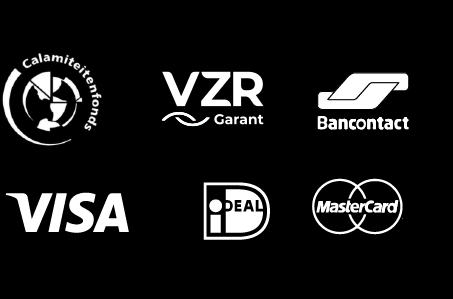Embark on an unforgettable journey through time by visiting the ancient ruins of Carthage, one of Tunisia’s most popular attractions. Take part in a half-day guided bike tour of the archeological site, covering a distance of 8km, and discover the rich history of the ancient Phoenician city with the help of a knowledgeable private guide. Pedal through the ancient city and explore the fascinating landmarks that have stood the test of time, including the punic ports and sanctuary, the Carthage aqueducts, the baths of Antoninus, and the acropolis of Byrsa. With a UNESCO World Heritage Site as the backdrop, you’ll be transported to another era as you learn about the city’s historical significance. For your convenience, you can upgrade to an electric bike for easier maneuvering, and all necessary bicycle and safety equipment is provided to ensure your comfort and safety
Price : On request
Inclusive:
- All taxes, fees and handling charges
- Professional guide
- Use of bicycle
- Use of helmet
- Entry/Admission – Tophet de Carthage
- Entry/Admission – Site Archeologique de Carthage
- Entry/Admission – Baths of Antoninus
- Entry/Admission – Villas Romaines


